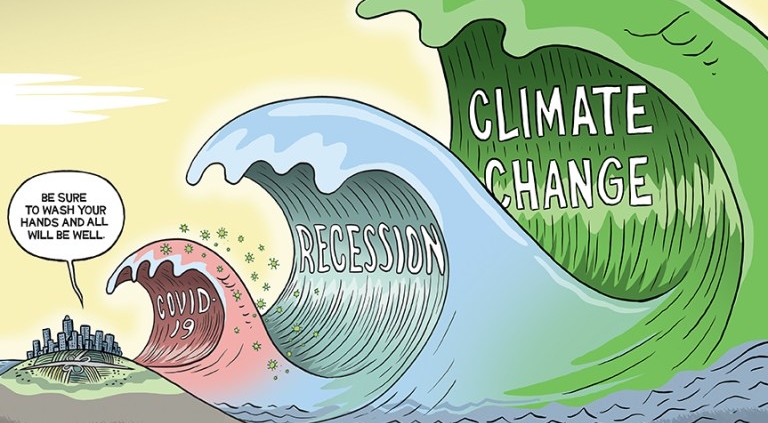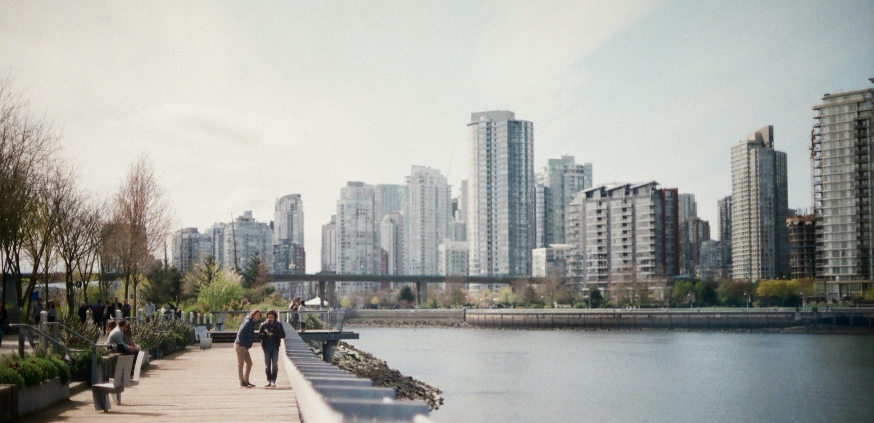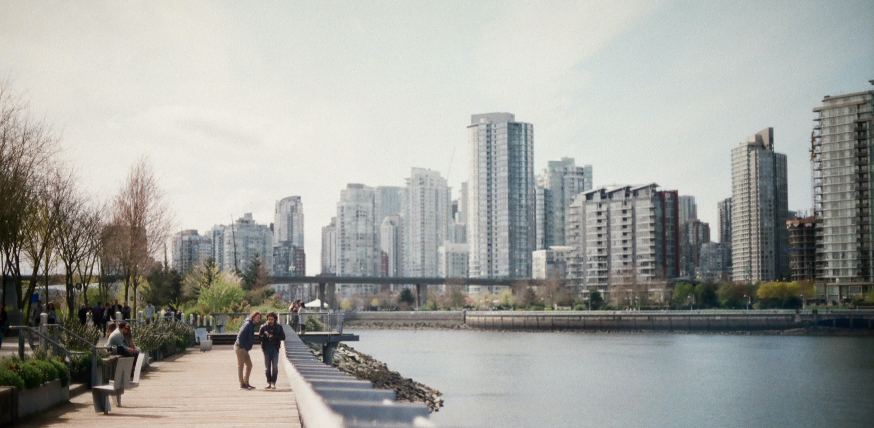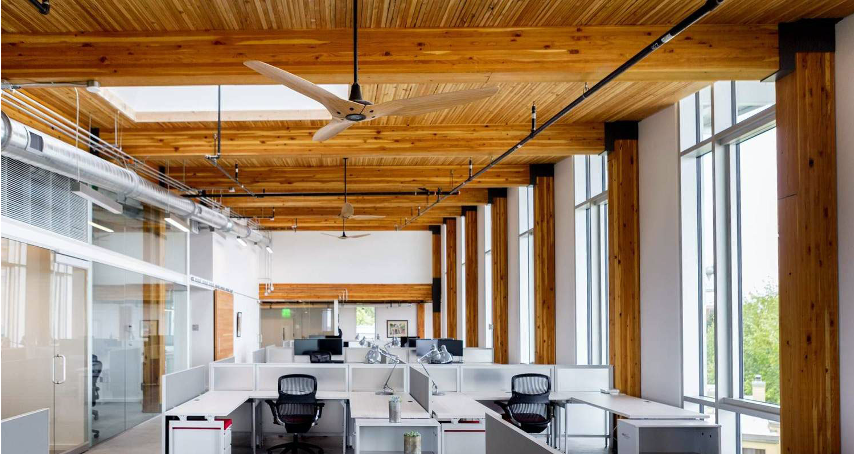With All That’s Happening in 2020, Let’s Not Forget About Climate Change
2020 has been an incredibly challenging year in many different ways—sustaining personal relationships with those we cannot safely see in person, working remotely, and coping with radical changes to our communities and our world. Unfortunately, in the midst of these changes, we are constantly reminded of another critical concern—climate change. Fires in the West, hurricane Laura in the Gulf, extreme flooding in Afghanistan, Sudan and China, and a heat wave in the Arctic are attributed, at least in part, to climate change.
Great Challenge Means Great Opportunity
In 2020, 1% of the globe is so hot that it’s barely livable. By 2070, that number could rocket to 19%. While those numbers are scary, they also present us with tremendous opportunities to alter our path and change the future of our world. One of the most remarkable developments in the wake of COVID-19 was seeing firsthand the radical impact that dramatically lowering our carbon emissions can have. Global emissions for 2020 are predicted to drop by 4% – 7%, even accounting for the gradual reopening of activity and commerce for the remainder of the year. But, what will the global recovery look like? In the words of German Chancellor Angela Merkel, “Let me be clear: There will be a difficult debate about the allocation of funds. But it is important that recovery programs always keep an eye on the climate, we must not sideline climate but invest in climate technologies.”
Remember the Mission in Combating Climate Change
Green building has come a long way over the last two decades and, from an energy perspective, continues in its progress toward zero energy and zero carbon in the years to come. Meanwhile, health and wellness has been the emerging building metric of the last five years. The global pandemic has elevated the attention paid to these standards; however, focusing on these standards distracts, somewhat, the attention needed to address climate change. Ironically, it can be argued that it is the changing climate, as much as anything, that is exacerbating our health with increasing temperatures, longer asthma seasons, and higher insect populations. We cannot allow climate change to take a backseat in policy or in people’s minds. Time is already too short.
We know that there are many things occurring at once right now and it’s difficult to prioritize all of them, but we are here to help you make your business wellness-focused, socially just and environmentally conscious.
We Can Change the Fate of Our World, Now
The world has been at a tipping point for a decade, at least. The effects of climate change have gone from minor to dramatic. Some changes may soon be permanent if they aren’t already. With renewable energy costs now cheaper than fossil fuels, a carbon free future is within our grasp. Our government, on both sides of the aisle, talk of the importance and need to invest in infrastructure. Investing in our energy infrastructure addresses climate change, energy affordability, public health and a myriad of other potential issues such as climate migration.

Progress is happening globally and, within the US, in red and blue states alike. Did you know that seventy percent of new electricity generation installed in the world is clean energy, in California solar energy plus storage is cheaper than natural gas, Texas has the most installed wind energy in the US and that DFW (Dallas Fort Worth) is the first carbon neutral airport in the country and the largest carbon neutral airport in the world?
Let’s not take our eyes off the ball. We must continue to focus on climate change solutions even while addressing health, equity and the economy. I’m confident that we can walk and chew gum at the same time, but we need to remember where we are going.





